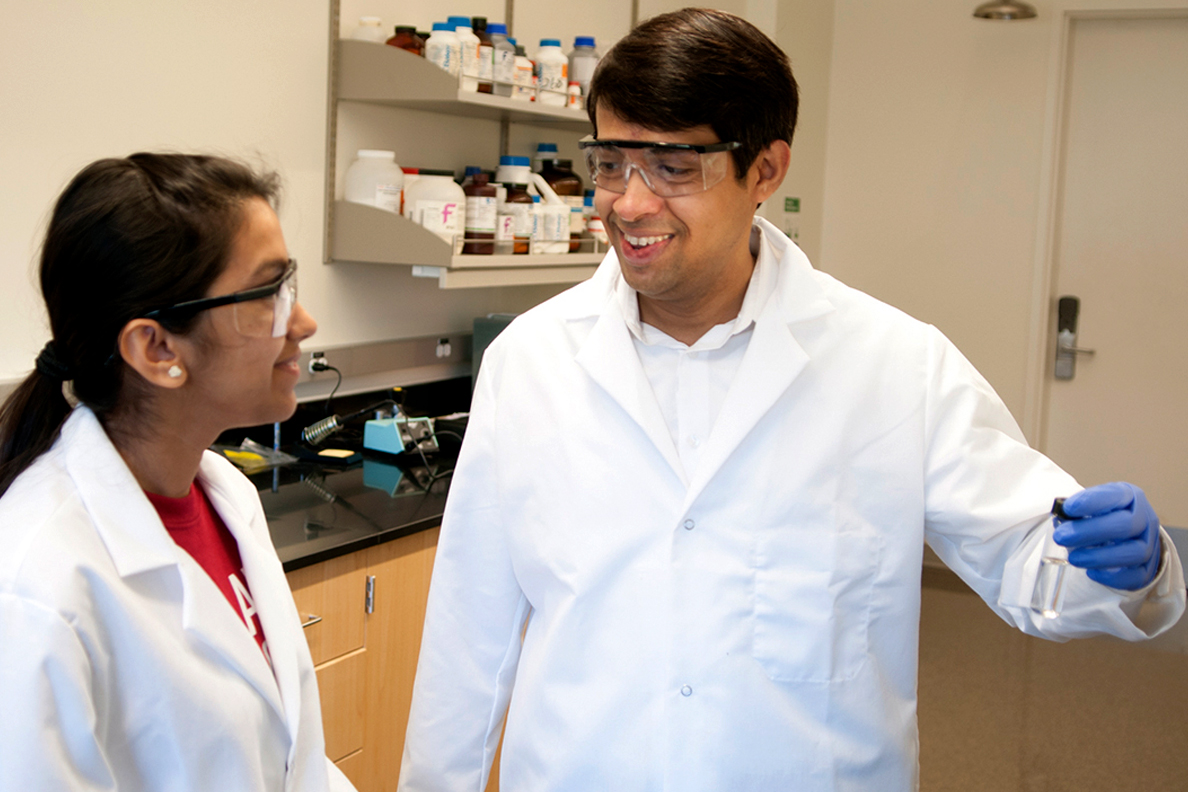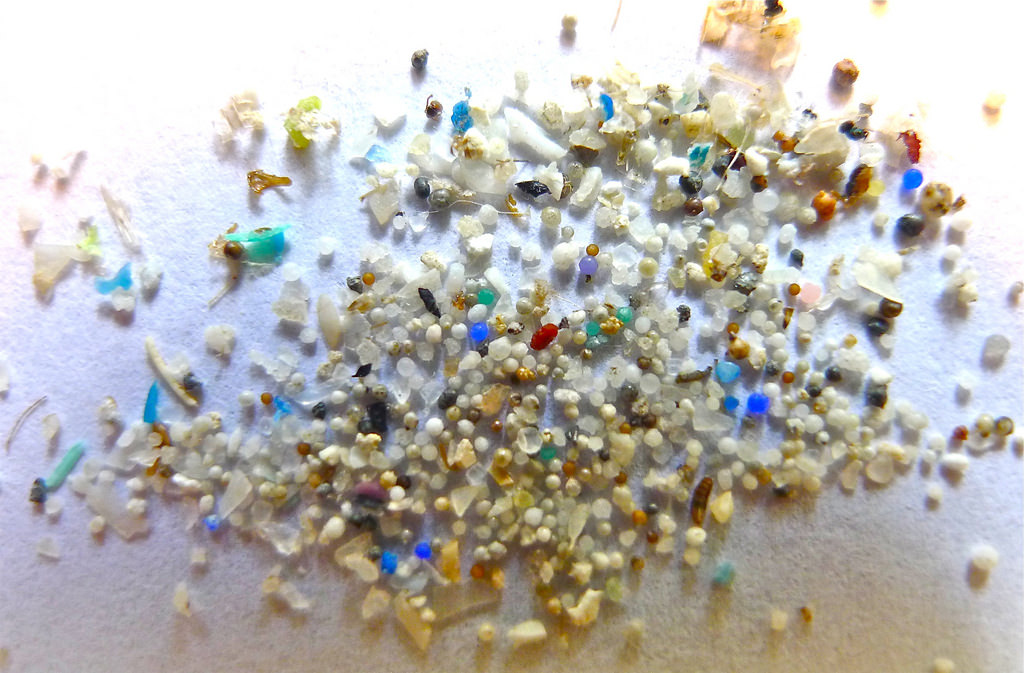A research team has found that nanoscale particles of the most commonly used plastics tend to move through the water supply or settle out in wastewater treatment plants—where they end up as sludge, in landfills, and often as fertilizer.
Neither scenario is good.
“We are drinking lots of plastics,” said Indranil Chowdhury, an assistant professor at Washington State University, who led the research. “We are drinking almost a few grams of plastics every month or so. That is concerning because you don’t know what will happen after 20 years.”
The researchers, including graduate students Mehanz Shams and Iftaykhairul Alam, examined what happens to tiny, nanoscale plastics that are making their way into the aquatic environment. The researchers published their work in Water Research.
In their study, the researchers studied the fate of nanoparticles of polyethylene and polystyrene, which are used in a huge number of products including plastic bags, personal care products, kitchen appliances, disposable drinking cups, and packaging material. They examined how the tiny plastic particles behaved under various chemistries, ranging from salty seawater to water containing organic material.
“We’re looking at this more in a fundamental way,” Chowdury said. “Why are they becoming stable and remaining in the water? Once they’re in different types of water, what makes these plastics remain suspended in the environment?”

The researchers found that while acidity of water has little impact on what happens to nanoscale plastics, salt and natural organic matter are important in determining how the plastics move or settle. What is clear is that tiny plastics are staying in the environment with unknown health and environmental consequences, he said.
“Our drinking water plants are not sufficient at removing these micro and nanoscale plastics,” Chowdury said. “We’re finding these plastics in the drinking water but we don’t know why.”
Chowdury and his team are now studying techniques for removing the plastics from water and have recently received a grant from the State of Washington Water Research Center for that work.
In the meantime, Chowdury encourages people to lessen the impact of nanoscale plastics by reducing their use of single-use plastics.
“Reuse plastics as much as possible,” Chowdury said.









